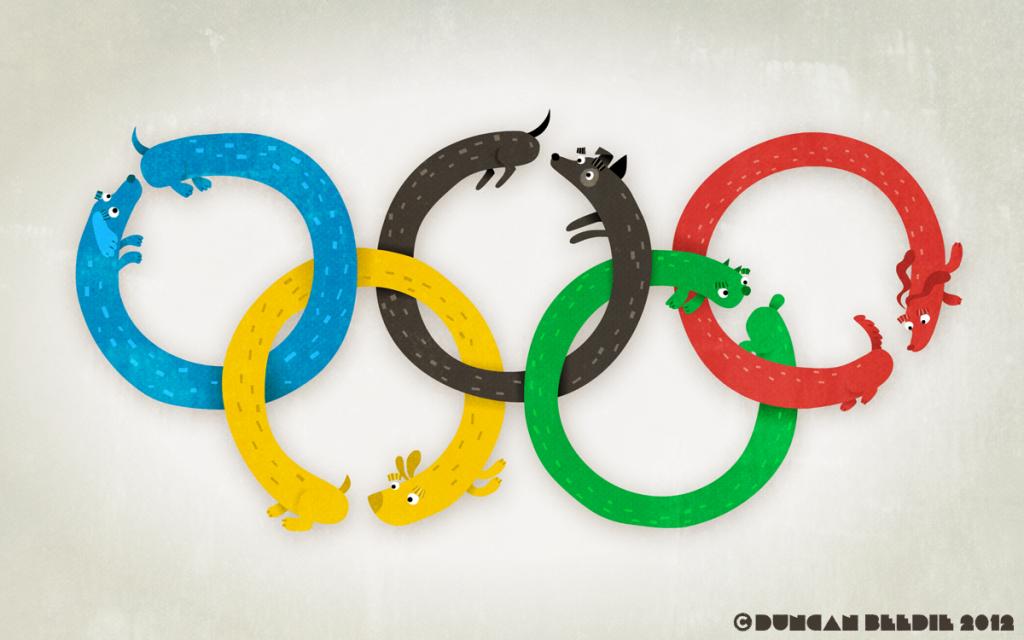Copyright Kiersten Lippmann
In addition to hula hooping, rhythm trampoline, and kite flying, cani-orienjoring has been added to the official Summer Olympic roster for Rio 2016. The event was exhibited at the London Olympics, and will be a medal competition in Rio. This little known sport combines orienteering and canicross- a sport where a runner is pulled by a harnessed dog- with varieties on this general theme including kayak-joring, sand-skijoring, rapel-joring (here gravity does the work), and bike-joring.
“I anticipate this event will be one of the most viewer popular events at the games,” says Jacques Rocket, event promoter. “It combines the mental acuity of dog and owner with physical capability. It should be a real test of the ultimate Olympic goal of faster, higher and stronger.”

The winter sport of skijoring, where a harnessed dog pulls a skier, has long lobbied for Olympic status, by a small but persistent minority. However, it has met with little success. This is partly due to the lack of major sponsors, the retiring nature of cross country skiers, and the language barrier.
“Norwegians are very nice folks but not many people speak their language,” explains Dave Cooper, who managed to get ice salsa dancing into the winter Olympics as a medal event. “When it came down to it, the organizers just couldn’t understand the skijorers’ arguments, and our event won out.”
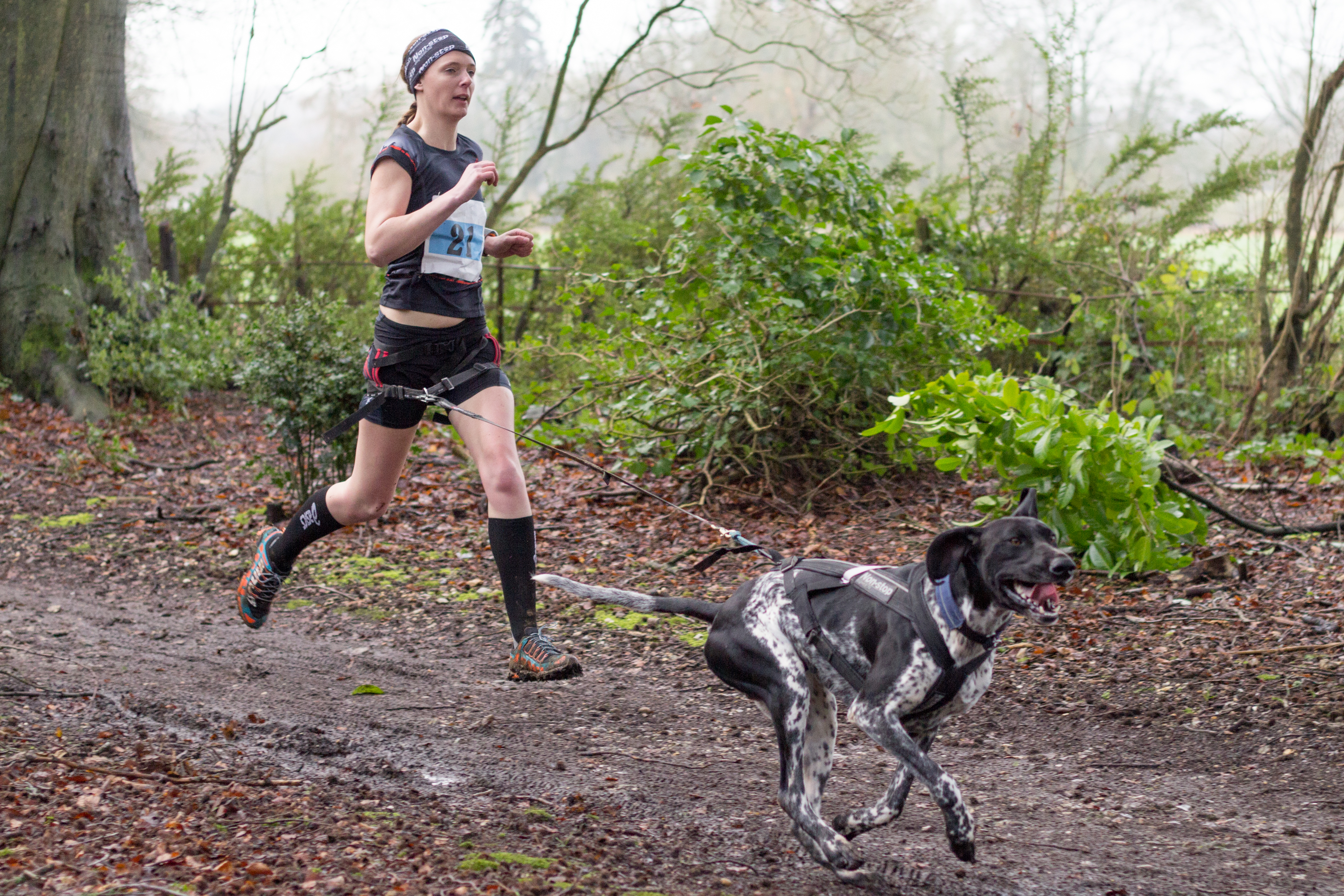
The Rio cani-orienjoring course will incorporate much of the area’s natural features, including the Amazon River Basin, the black sand beaches, and urban areas. This means that not only do the dogs need to be smart, fast and strong, but they need to be tough.
“I’m picturing that the winning dogs will be a mix of Irish Wolfhound, Belgian malinois, Rhodesian Ridgeback, and fighting pit bull”, says Rocket, “with just enough Indian Village dog to add savvy and disease resistence.” He went on to explain that “Indian Village dogs have survived for years in the jungle, braving heat, floods, anacondas, and unfriendly monkeys. Toughest dogs on earth.”
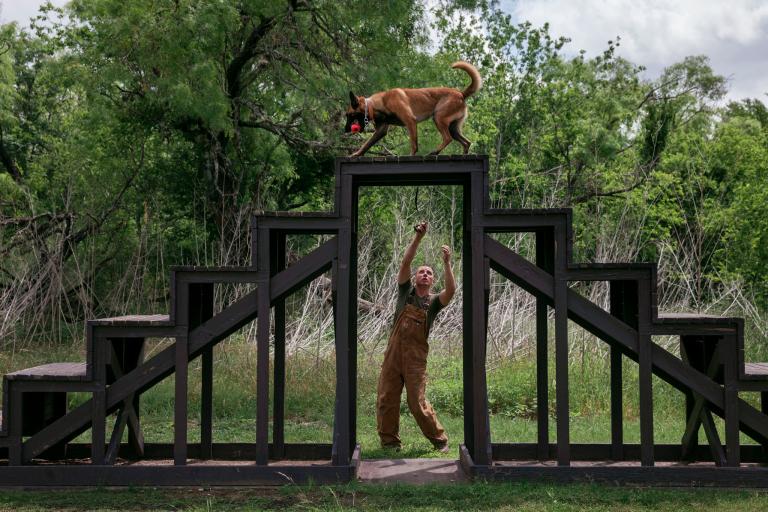
When asked how his dogs would perform in cani-orienjoring, Lance Mackey, sled dog breeder and four time winner of the Iditarod which is dubbed ‘The Toughest Race on Earth’ shook his head. “My dogs are snow dogs,” he said. “I imagine they wouldn’t get very far in the heat of the jungle.”
Breeders in Africa, Cambodia, and Australia are currently on track to produce the highest caliber cani-orienjoring dogs in the world. Their human competitors will come from all walks of life, from Siberian caribou herders, to Canadian businessmen, to Australian grazers, to kids from the inner city. One thing they have in common is that they all grew up idolizing cani-orienjorers.
“It’s a dream come true,” said Jamal Brooks, interviewed in his home, where the walls were plastered with life-sized poster of cani- orienjorers, and the rest of the space was filled with figurines of cani-orienjor dogs, dog harnesses, and three large dogs. “I can’t believe I get to follow in the footprints and pawprints of the best, all the way to the Olympics. Everyone was playing basketball when I was a kid, but I was out there on the streets with map and compass, trying to keep up with my family’s German Shepherd. Now we have our own dream team.”
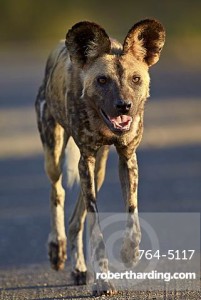
Micheal Fay the man who hiked across Africa for National Geographic, also hopes to make the team, and plans to write a photo essay about his lark in the Olympics if he survives. “This is the next great race,” he said, from his hospital bed where he lay suffering from a case of roundworm, Ebola, and West African Creeping Fever. “I can’t wait.” He then proceeded to hack up massive wads of worms.
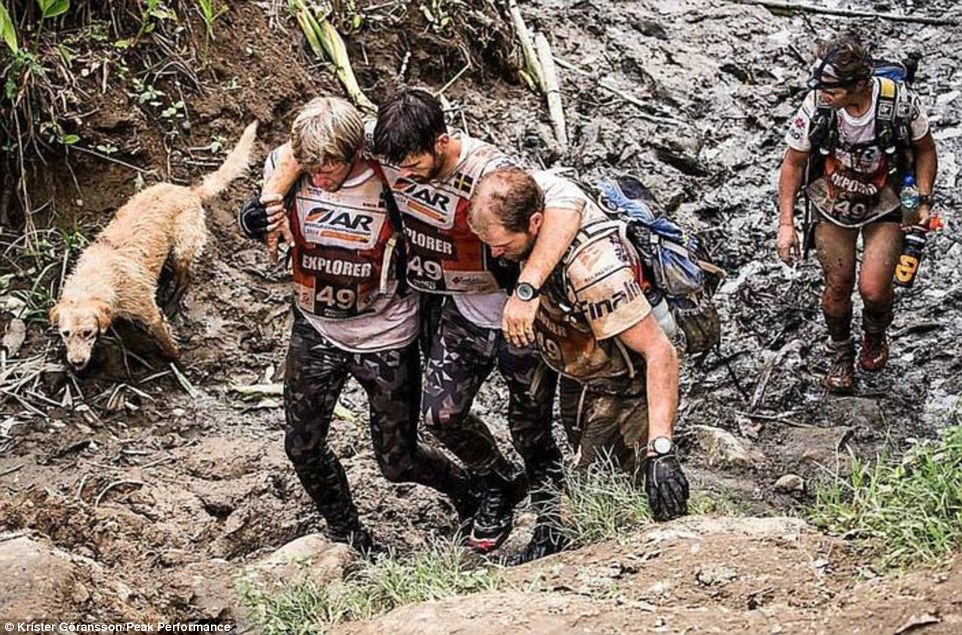
The race will start and end in Rio. Using a map and compass, competitors will proceed to controls at various locations within the barrios of the city via cani-cross. They will then head up the Amazon River via kayak-jor, disembark to more cani-cross in the un-tracked jungle, and rapel-jor down mountain riverside cliffs, followed by a bit of bikejoring along muddy logging roads. Finally once they have successfully navigated to all control locations, hidden in the tick, leech, and spider monkey infested jungles, dog-human teams will return to the black sand ocean beaches on the Amazon via kayak-jor. The exhausted duo will complete the final leg of their journey via a final cani-cross across the sand, finishing under the outspread arms of Christ the Redeemer.
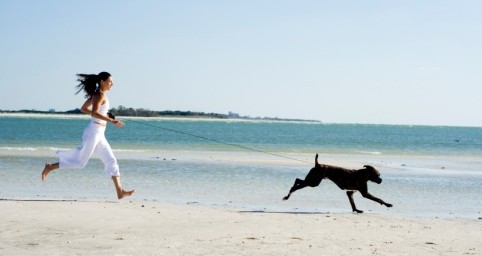
This brief, non-snow nod to skijoring was met with outrage by Norwegians. “I am outraged.” says Lars Fjord, president of Norwegians for a Skijoring Olympic Sport Event, “It’s like allowing ballroom dancing.” When informed that this was indeed a summer Olympic Sport, Fjord said “Uff da!” and proceeded to rant in Norwegian. However, due to lack of translators his remarks went unrecorded.

The total race distance is estimated at about 50 miles, but due to navigational errors by human competitors, and the occasional kidnapping, actual distance covered by competitors may be much greater. Competitors must stay behind their dog at all times, with both human and canine wearing cameras and implanted with microchips to ensure compliance. If the dog falls behind the human, a loud alarm will sound, and the map will self destruct, resulting in immediate disqualification. Humans will be allowed to carry a machete, the map, compass, and sunscreen, but are expected to be highly trained in both the art of black belt karate, and jungle survival.

“You need to know how to dodge a charging tapir, speak at least half of the five hundred native languages used by the jungle tribes, negotiate with muggers in street Portuguese, and avoid soldier ant nests,” said Rocket. “Without these skills you’ll never make it back to the beach.”
Because the skill and strength of the dog will be integral to cani-orienjoring success, requests for appropriate mixed breeds are already on backorder. “I’m surprised at the interest,” says bush ostrich farmer Axel Munke, “My dogs stay busy on the farm all day killing varmint kangaroos, wild boar, and the occasional elephant, and all of a sudden they’re selling for $1,000 a pup. It’s great business.”

A few potential competitors have asked if the use of other species, such as caribou or burro would be allowed. Rocket used the failed Scott Antarctic expedition as back-up for his decision. “You don’t want to end up like him,” he said, “it’s called cani-orienjoring for a reason.”
Already, many nations, including Jamaica, Greenland, and Sierra Leone have put together a national cani-orienjoring team, and competitions are cropping up across the world.
“I feel this may be the next big thing after Yoga,” said Rocket gleefully.
